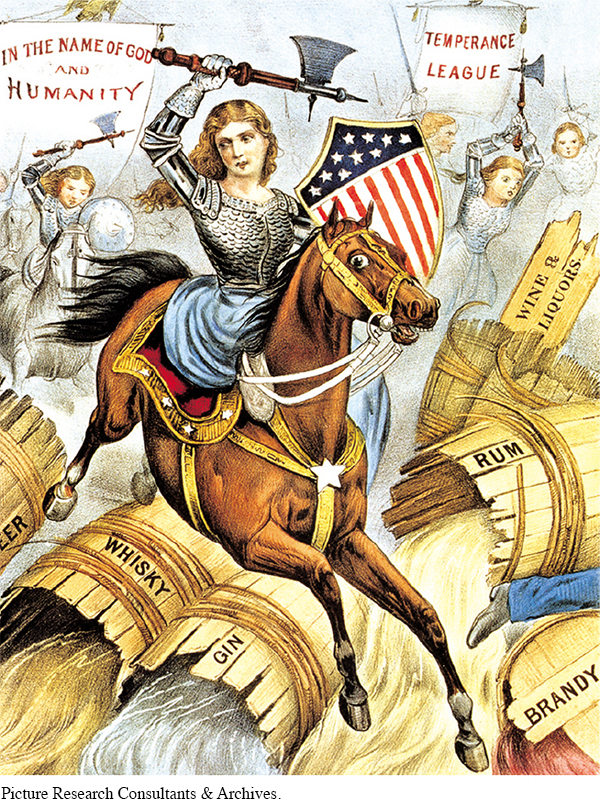Women’s Activism
In 1869, Elizabeth Cady Stanton and Susan B. Anthony formed the National Woman Suffrage Association (NWSA), the first independent women’s rights organization in the United States, to fight for the vote for women. But women found ways to act politically long before they voted and cleverly used their moral authority as wives and mothers to move from the domestic sphere into the realm of politics.
The extraordinary activity of women’s clubs in the period following the Civil War provides just one example. Women’s clubs proliferated beginning in the 1860s. Newspaper reporter Jane Cunningham Croly (pen name Jennie June) founded the Sorosis Club in New York City in 1868, after the New York Press Club denied entry to women journalists wishing to attend a banquet honoring the British author Charles Dickens. In 1890, Croly brought state and local clubs together under the umbrella of the General Federation of Women’s Clubs (GFWC). Not wishing to alienate southern women, the GFWC barred black women’s clubs from joining, despite vehement objections. Women’s clubs soon abandoned literary pursuits to devote themselves to “civic usefulness,” endorsing an end to child labor, supporting the eight-hour workday, and helping pass pure food and drug legislation.
The temperance movement (the movement to end drunkenness) attracted by far the largest number of organized women in the late nineteenth century. By the late 1860s and the 1870s, the liquor business was flourishing, with about one saloon for every fifty males over the age of fifteen. During the winter of 1873–74, temperance women adopted a radical new tactic. Armed with Bibles and singing hymns, they marched on taverns and saloons and refused to leave until the proprietors signed a pledge to quit selling liquor. Known as the Woman’s Crusade, the movement spread like a prairie fire through small towns in Ohio, Indiana, Michigan, and Illinois and soon moved east into New York, New England, and Pennsylvania. Before it was over, more than 100,000 women had marched in more than 450 cities and towns.
The women’s tactics may have been new, but the temperance movement dated back to the 1820s. Originally, the movement was led by Protestant men who organized clubs to pledge voluntary abstinence from liquor. By the 1850s, temperance advocates won significant victories when states, starting with Maine, passed laws to prohibit the sale of liquor. The Woman’s Crusade dramatically brought the issue of temperance back into the national spotlight and, in 1874, led to the formation of a new organization, the Woman’s Christian Temperance Union (WCTU). Composed entirely of women, the WCTU advocated total abstinence from alcohol.
> UNDERSTAND
POINTS OF VIEW
What did women activists hope to gain through their work in the Woman’s Crusade and the Woman’s Christian Temperance Union?
Temperance provided women with a respectable outlet for their increasing resentment of women’s inferior status and their growing recognition of women’s capabilities. In its first five years, the WCTU relied on education and moral suasion, but when Frances Willard became president in 1879, she politicized the organization (as discussed in chapter 20). When the women of the WCTU joined with the Prohibition Party (formed in 1869 by a group of evangelical clergymen), one wag observed, “Politics is a man’s game, an’ women, childhern, and prohyibitionists do well to keep out iv it.” By sharing power with women, the prohibitionist men violated the old political rules and risked attacks on their honor and manhood.[[LP Photo: P18.07 “Woman’s Holy War”/

Even though women found ways to affect the political process, especially in third parties, it remained true that politics, particularly presidential politics, remained an exclusively male prerogative.
> QUICK REVIEW
How did race and gender influence politics?
Understanding the American Promise 3ePrinted Page 513
Section Chronology